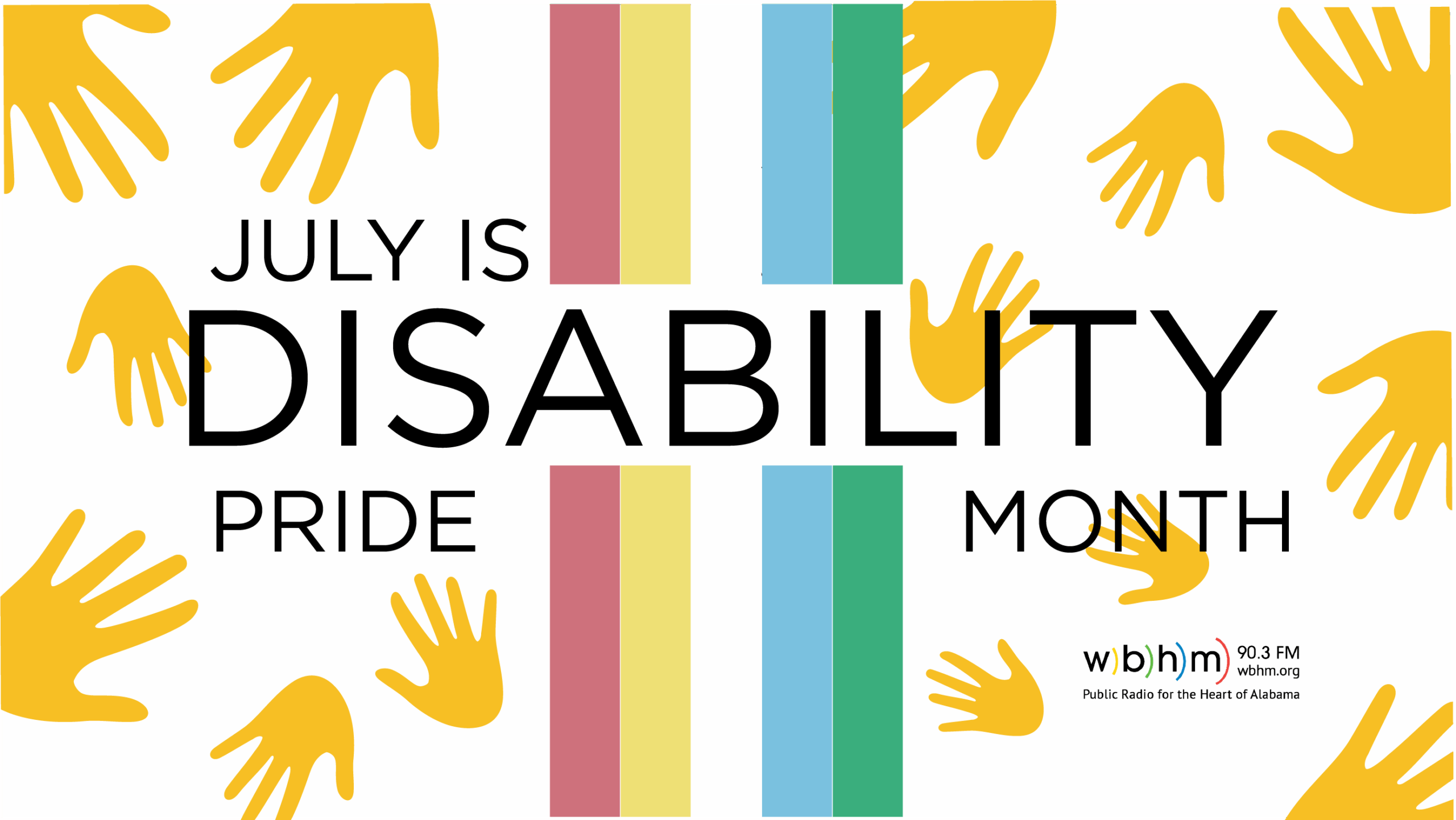Auburn University’s Rural Studio Brings 20K Houses To Hale County
For some residents of Alabama’s Black Belt, good housing can be hard to come by. In Hale County, 30 percent of the population lives below the poverty line — meaning an individual lives on less than $11,670 a year. A group from Auburn University wants to help by designing an efficient and inexpensive house that anyone could afford.
Driving into Hale County, you pass a lot of mobile homes, ramshackle homes with blue-tarped roofs and crumbling chimneys. But down this thin gravel road in Newbern, past a few rusted barns, are two new, brilliantly white houses. They look like the beginning of a subdivision — in the middle of a cow pasture.
Natalie Butts fiddles with the keys and opens the front door of one house.
“So you can see, this is the public space, the one bedroom on one side, and the bathroom and the kitchen in the main room,” Butts explains.
Butts used to be part of Auburn University’s Rural Studio, a project where architecture students design and build homes in Hale County. Now, she’s in charge of Rural Studio’s new venture, the $20,000 House Project – or 20K for short.
This is one of 20K’s prototype homes. Imagine a house shaped like a barbell with a room on either side of a narrow hall. It’s small, only 572 square feet, but cozy.
Andrew Freear, the director of Rural Studio, explains, “What we are really looking for is affordable and modest and at the same time beautiful and energy efficient and sustainable.”
Why $20,000? Freear capped building costs there with the idea that someone on Social Security could own their own home with a $100 monthly mortgage. To Freear, the 20K house is both a design experiment and a social obligation.
“There is no architect, no developer, no contractor, no builder that could afford to do that, so it’s an opportunity,” says Freear. “I do see it as a sort of moral responsibility to do it, no one else can do it.”
But Freear’s an architect, not a banker. Is it even possible — a $20,000 house with a $100 mortgage?
Samuel Clements is a professor of real estate at the University of Alabama. He says he thinks it’s a good idea.
He pulls a calculator out of a drawer and starts punching in numbers. He wants to take a crack at a $20,000 mortgage.
First, he tries a seven-year mortgage, but it’s too high. As is a 15-year mortgage. But 30 years works.
“101 dollars,” Clements announces, “so you could get a 30 year mortgage.”
Clements thinks it would be an attractive risk for a banker.
“Just the fact that it is 20,000 instead of 100,000. That’s less risk, just cause it’s a smaller amount of money,” Clements explains. “If you or I were loaning money, we would much rather lose $20,000 rather than $100,000, right?”
Mortgages for the houses don’t exist — yet. Rural Studio and Freear have challenged Regions Bank to create a mortgage. Regions Bank tells WBHM they’re still working on it.
For Freear, the 20K houses can change how people feel about their lives.
Conner Bailey is a professor of Rural Sociology at Auburn University, and he’s been researching housing in the Black Belt for decades. Bailey thinks, housing is more than just four walls and a roof.
“Its a place where we live,” Bailey says. “There’s a personal dignity involved. Affordable housing, secure housing, is something that everyone should have access to in this country.”
Slowly, Rural Studio is helping to expand that access across Alabama.
Currently three non-profits in Alabama are building the 20K houses to check the designs and to see how potential residents react. Butts says construction will begin in the next few weeks.
4 astronauts splashdown on SpaceX capsule to end Axiom Space’s private Ax-4 mission
The private crew included Ax-4 mission commander and former NASA astronaut Peggy Whitson. It was her fifth trip to space and extended her record-setting duration to 695 days, the most of any American.
Heavy rains and flash flooding sweep across Northeast
Flash flood watches and warnings were in place in parts of New Jersey, New York, Pennsylvania and surrounding areas as downpours moved through the region.
Power prices are expected to soar under new tax cut and spending law
In states without policies to drive renewable energy, power prices could surge as federal tax incentives for clean energy disappear, according to Energy Innovation, a think tank.
Her love life was in chaos. The solution? Giving up sex
After a bad breakup, writer Melissa Febos decided to abstain from sex and dating for a year. She didn't realize how much it would change her life. She tells her story in a new book, The Dry Season.
This family wants to have more babies, but not in a hospital
The Trump administration is encouraging people to have more children, with baby bonuses and tax breaks. But some families who are practicing pronatalism want alternatives to hospital births.
Why there’s so much excitement around a cryptocurrency called stablecoin
Stablecoins are meant to be a safer type of cryptocurrency. Now, Congress is preparing some rules around it.







